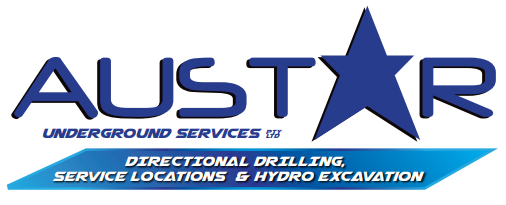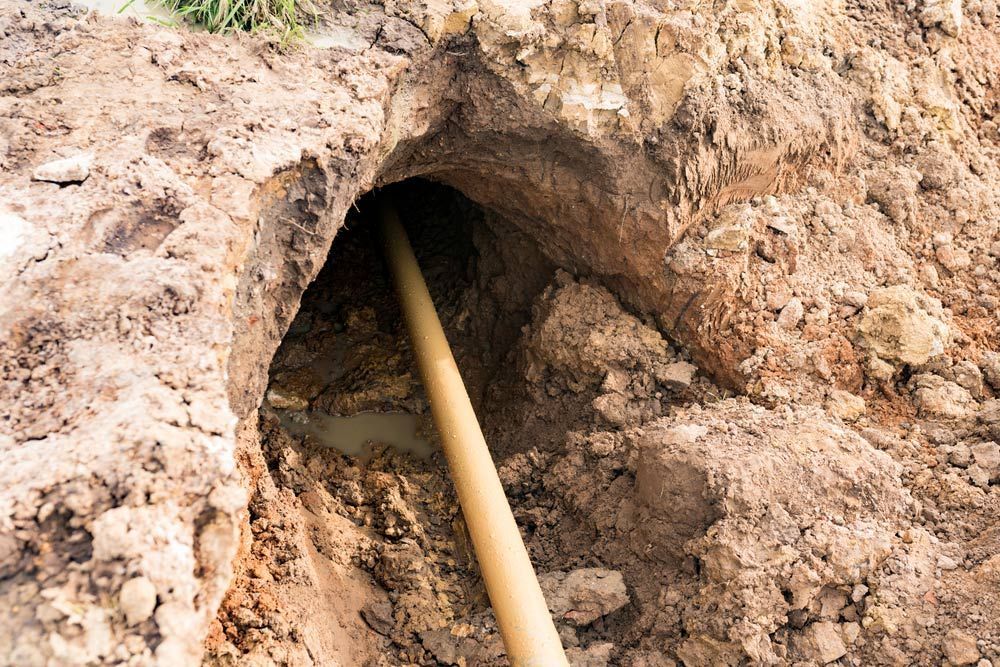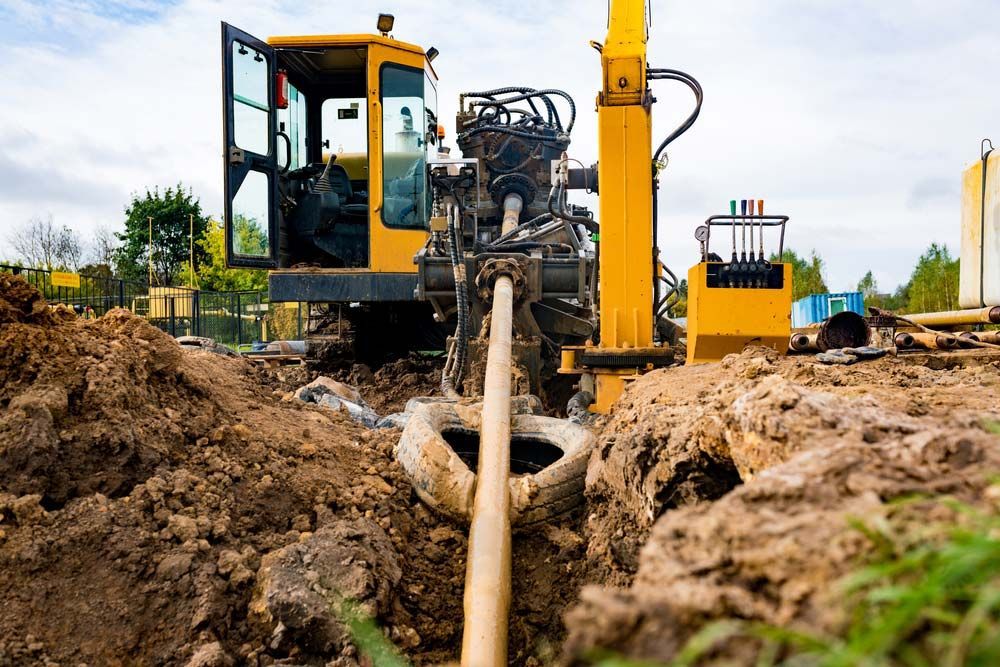Why Directional Drilling Is Essential For Successful Energy Projects
Directional drilling is an essential technique for installing underground infrastructure with minimal surface disturbance. It enables pipelines, conduits, and cables to be placed accurately without the need for open excavation, reducing delays, safety risks, and environmental impact. This method is widely used across the energy sector because it can efficiently support complex projects.
As infrastructure demands grow and project requirements become more specific, directional drilling offers a practical solution that balances precision with productivity. It’s particularly effective where traditional trenching would be disruptive or impractical. The following sections highlight how directional drilling enhances the performance and success of energy projects, from planning to execution.
Maximising Access in Remote or Environmentally Sensitive Areas
Northern Australia’s vast and varied terrain includes national parks, protected wetlands, and remote regions with minimal access. In these settings, directional drilling allows energy infrastructure to reach its destination without disturbing the surface environment.
Using horizontal drilling, installations can be made beneath the ground while avoiding disruption to ecosystems, wildlife habitats, or culturally sensitive land.
- Ideal for areas with restricted access or limited footprint allowances
- Reduces environmental impact during infrastructure rollout
- Allows drilling beneath natural obstacles like rivers, forests, and escarpments
- Supports compliance with environmental protection regulations
This makes directional drilling particularly suitable for projects in areas with environmental sensitivity, limited access, or strict land-use restrictions.
Enhancing Pipeline & Utility Installations Without Surface Disruption
Avoiding surface excavation minimises community disruption and protects existing assets in urban and rural energy projects. Directional boring excels at installing pipes, cables, and conduits beneath roads, driveways, buildings, and sensitive structures without digging them up.
- Allows work beneath existing infrastructure like roads, rail & airports
- Prevents disruption to residential, commercial, and industrial operations
- Preserves surface features such as landscaping, pavements & carparks
- Reduces the need for road closures, traffic control, or surface reinstatement
This efficiency is especially useful for projects in densely built environments, commercial precincts, and high-traffic industrial zones.
Reducing Project Timelines with Efficient Trenchless Technology
Directional drilling streamlines the installation process by eliminating the need for continuous open trenches, making it faster and more efficient than conventional methods. This is particularly valuable in time-sensitive energy rollouts or emergency infrastructure upgrades.
- Speeds up installations of long or complex underground routes
- Allows simultaneous planning and execution of multiple bores
- Minimises the number of workers and heavy machinery required on-site
- Reduces delays caused by weather or environmental approvals
Directional drilling accelerates timelines, enabling project managers to stay on schedule without compromising safety, accuracy, or construction standards.
Navigating Challenging Soil Conditions in the Northern Territory
The geological diversity of the Top End, from sandy coastal soils to rocky inland substrates, demands adaptable and resilient drilling methods. Directional drilling equipment is designed to handle complex ground conditions without compromising precision or safety.
- Performs effectively in sand, clay, gravel, and fractured rock
- Reduces risk of collapse or instability common in trench excavations
- Uses drilling fluids to stabilise the bore path and remove spoil
- Supports projects in flood-prone or erosion-sensitive zones
This capability is crucial for energy projects that span long distances and encounter varying ground conditions along the route.
Improving Safety & Minimising Public Disruption During Installations
Trenching can expose workers and the public to hazards such as collapsing sides, vehicle collisions, and underground utility strikes. Directional drilling helps mitigate these risks through non-invasive, remotely controlled operations.
- Removes the need for deep open trenches on public or active sites
- Reduces trip hazards, noise pollution & dust generation
- Minimises manual labour and site exposure for workers
- Limits contact with existing underground assets like water, sewer & power
Directional drilling significantly improves safety compliance and lowers the risk of workplace incidents, which is vital for high-traffic areas such as commercial centres or active energy sites.
Supporting Renewable Energy Projects with Minimal Environmental Impact
With the continued expansion of solar farms, wind arrays, and battery installations, there is a growing demand for low-impact underground cabling and utility works. Directional drilling provides a clean, efficient solution for connecting renewable energy assets to power networks while preserving the surrounding landscape.
- Enables underground transmission lines beneath agricultural or heritage land
- Reduces land clearing & habitat disturbance during installation
- Ideal for cabling between solar panels, substations & battery systems
- Helps meet sustainability benchmarks for green energy developments
Directional drilling supports clean energy infrastructure by enabling underground installations with minimal environmental disruption.
Achieving Precise Underground Crossings for Complex Infrastructure Needs
Energy projects often require crossing under major roadways, watercourses, or sensitive infrastructure. Directional drilling’s advanced steering capabilities enable accurate, curved, and angled bores to be executed with millimetre-level control.
- Crosses under highways, rail lines, rivers, and existing utilities
- Ideal for congested or constrained corridors in urban zones
- GPS and tracking technology ensure pinpoint accuracy
- Reduces risk of surface subsidence or deviation from design path
Such precision is critical for infrastructure that demands careful planning, accuracy, and minimal surface impact.
Meeting Regulatory & Engineering Standards with Reliable Execution
Directional drilling services must comply with strict safety, engineering, and environmental regulations. Professional providers ensure all work is carried out according to national standards and relevant project requirements.
- Detailed site assessments and underground utility locating before drilling
- Engineering-certified plans and bore logs for regulatory approval
- Licensed operators with advanced equipment and safety training
- Coordination with stakeholders, councils, and asset owners
By working with qualified directional drilling contractors, project managers can trust that compliance is met without delays or costly revisions.
Let Us Help Deliver Your Next Project – Seamlessly & Safely
At Austar Underground Services, we understand the critical role directional drilling plays in powering energy developments across Darwin and the Northern Territory. Whether you’re installing high-voltage cables, gas lines, or telecommunications conduits, our trenchless technology delivers efficient, accurate, and low-impact results.
We offer tailored solutions for remote, urban, and industrial projects – and ensure all work meets engineering, environmental, and regulatory standards. If you’re planning an energy project that demands precision, speed, and minimal disruption, get in touch via our contact page or give us a call to book a consultation.
Let’s bring your project to life — with the right underground solution.









